Fresh red poppies and some ancient history
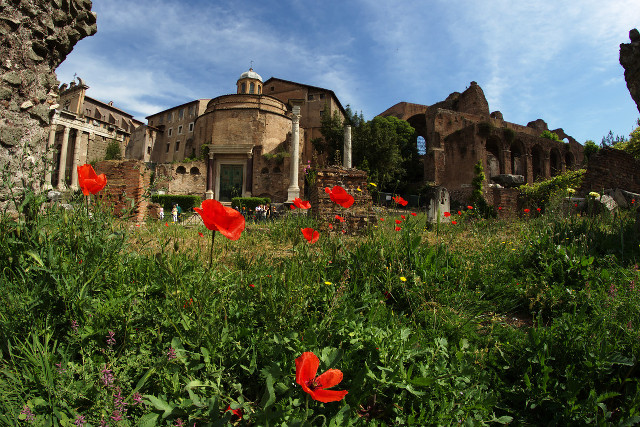
The Albatross Mansion in Buzău was restored, its annex buildings not so much.
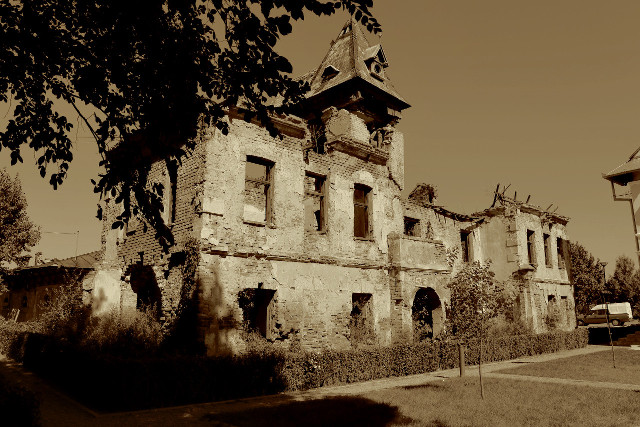
The stones in the foreground are ancient Dacic tombs from the Proșca village.
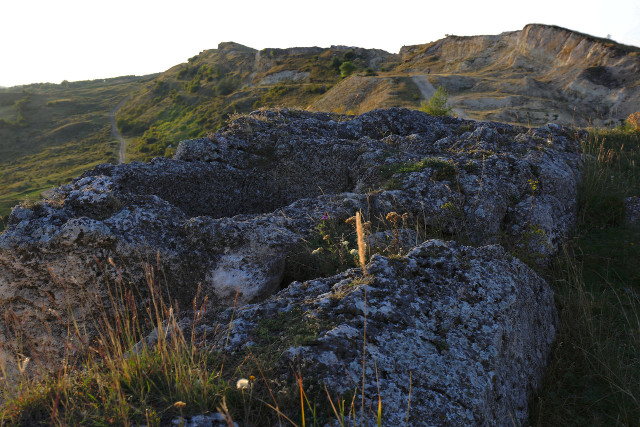
Being at the Village Museum in Bucharest for the Dragobete photo exhibition, I couldn’t miss the opportunity to snap a few pictures around, even if the sky above was so gloomy.
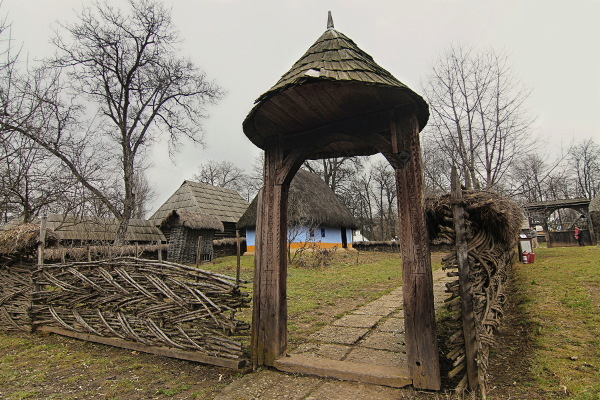
 This work is licensed under a Creative Commons Attribution-Share Alike 3.0 License.
This work is licensed under a Creative Commons Attribution-Share Alike 3.0 License.
The ruins of the Chiajna monastery are next to the city of Bucharest, however only now I managed to get there. I knew them since forever, seeing them from the distance, but only now I got there – all the plans for previous visits failed for various reasons.
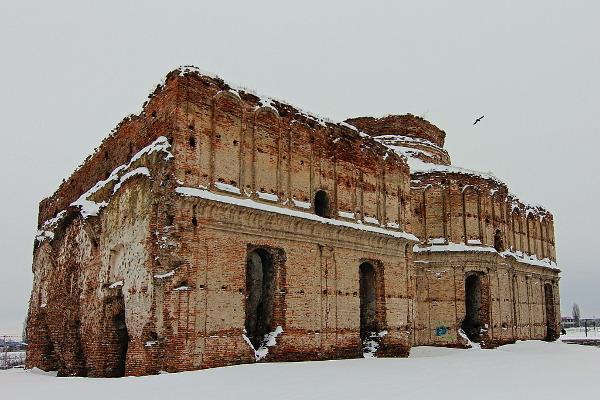
 This work is licensed under a Creative Commons Attribution-Share Alike 3.0 License.
This work is licensed under a Creative Commons Attribution-Share Alike 3.0 License.
After the fruitful photo walk I managed to return to the area for yet another solo picture gathering for Wiki Loves Monuments. This time I ventured on smaller streets with lower car traffic, so I was a bit more efficient, taking more pictures in a comparable time frame. Unfortunately, the time is closing up, so I wont be able to return once more for this year’s edition.
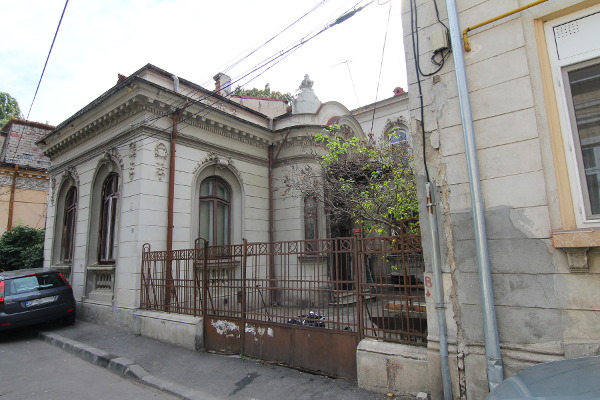
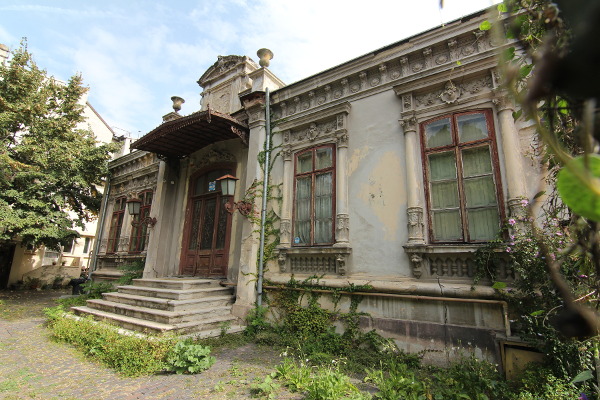

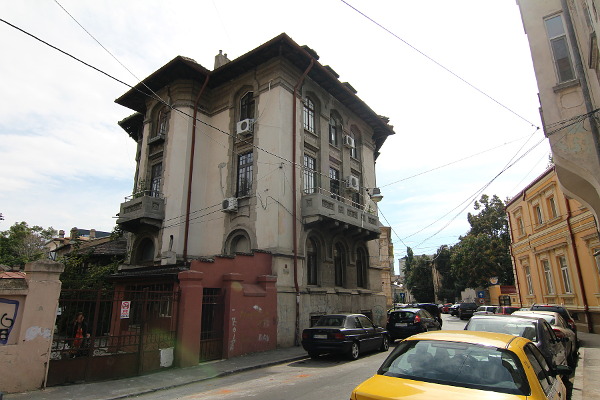
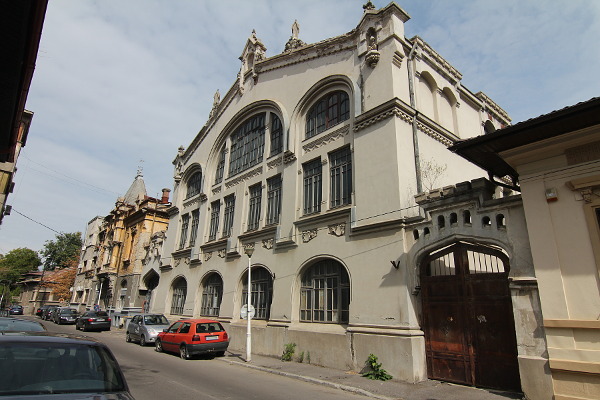
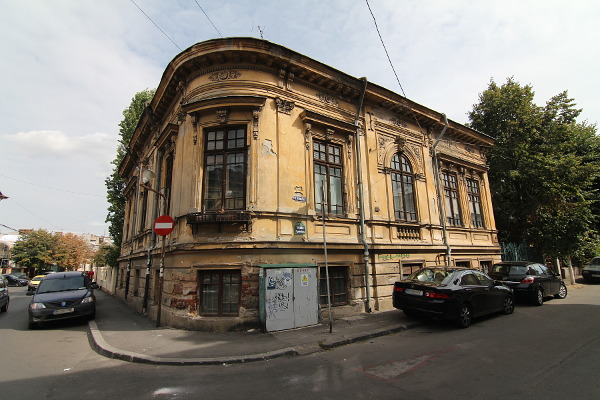
 This work is licensed under a Creative Commons Attribution-Share Alike 3.0 License.
This work is licensed under a Creative Commons Attribution-Share Alike 3.0 License.
Part of my contribution to this year Wiki Loves Monuments (Romanian edition) I made a solo photo walk to gather some pictures representing historical monuments for sharing on Wikipedia. My route was around an old street in Bucharest, Calea Călărașilor, an area with a huge number of buildings from the XIX century which are considered monuments but few people know about them . It was fruitful, I came back with over 150 photos, but a large part of the area is still uncovered, hopefully I may be able to return. Below are a few samples: 3 of what I found the better looking of them and 3 in the most deplorable state.
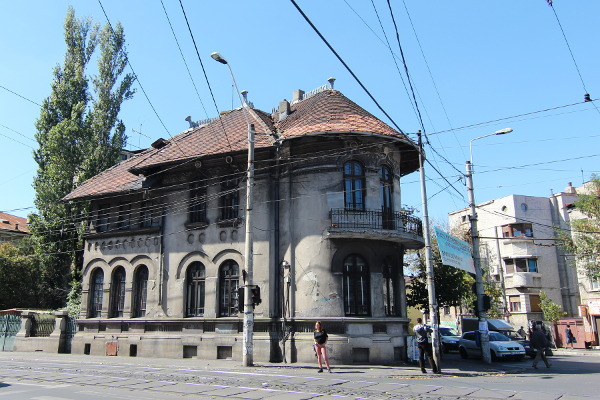
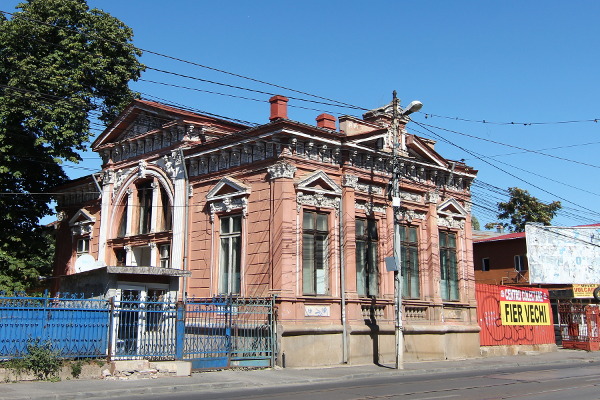

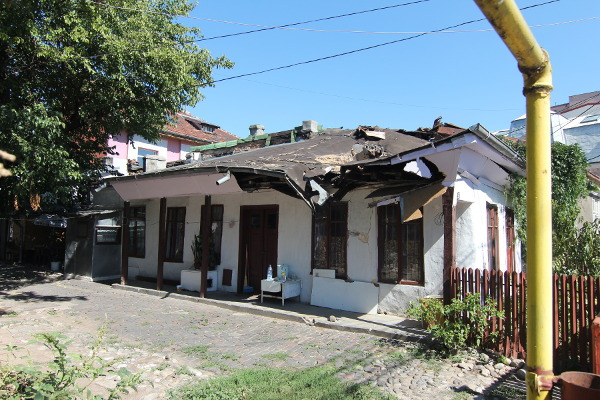
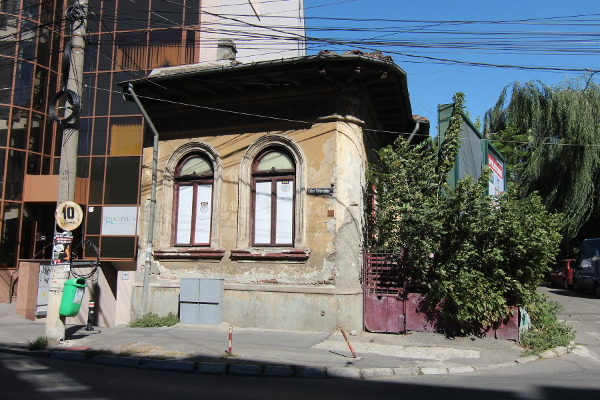
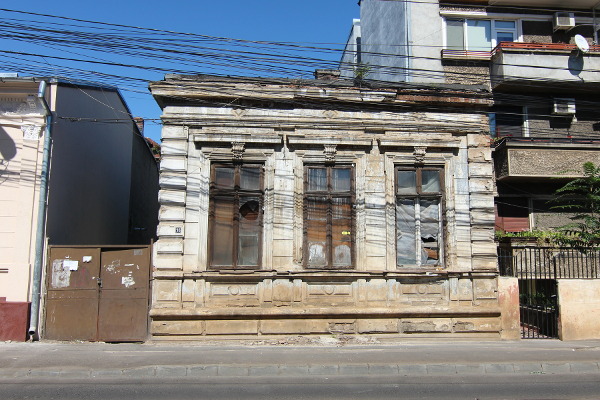
 This work is licensed under a Creative Commons Attribution-Share Alike 3.0 License.
This work is licensed under a Creative Commons Attribution-Share Alike 3.0 License.
Moșii de vară, meaning something like “the summer old men” is a pre-Christian tradition happening in Romania and is part of the cult of the dead, it has a “sister” called “Moșii de iarnă” (“the winter old men”) and some smaller “Saturdays of the dead”. Even the name, Moșii show its old origin, this is one of the name attributed to the old Dacian god Zamolxis. There are multiple stories about it, one says the souls of the dead leave their graves 50 days in advance and walk the land, in this day they have to be lured back in their graves with food offering or else… is not clear what happens, maybe the vampires myth placed randomly here was not that random? Another story says about Moși as being the souls of 9 dead men who are protecting the community.
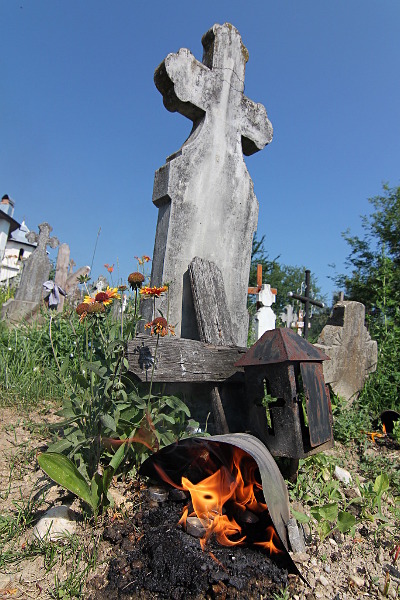
In the classic Christian tradition, the Orthodox church applied the “embrace and extend” strategy here: it put close to it a big religious holiday, the Pentecost, so now Moșii de vară is a big bullet point in their calendar, along with the other celebration of the cult of the dead they embraced. The food was switched to colivă and fruits (is the fruit season).
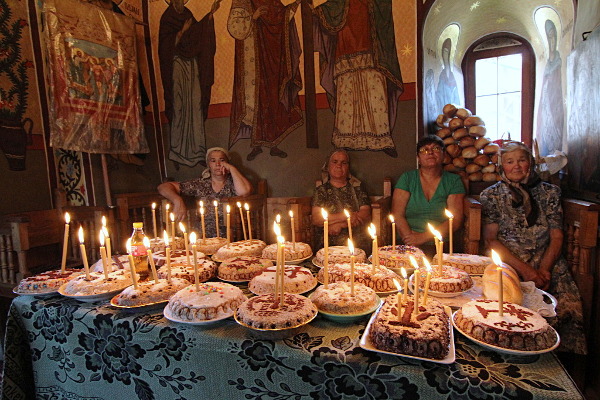
Still, the embrace does not look that successful, very few Romanians know the meaning of the Pentecost and even the holiday itself is called by other name, “Rusalii”, by the name of some female evil spirits hunting for souls – yet another pre-Christian tradition thrown in the mix.
 This work is licensed under a Creative Commons Attribution-Share Alike 3.0 License.
This work is licensed under a Creative Commons Attribution-Share Alike 3.0 License.
Răzvan found this intriguing place named the English Passage located next to the city center of Bucharest, near Calea Victoriei: all of us, including myself passed in front of it many times. I even think I may have passed trough it once, but noticing only a small part.
The first thing that captured my attention was the sign of an old-fashioned hat maker who’s owner has the same name as me, next to a small music store as those you can see in the ’80s movies and a watch repair shop. In a corner on the floor you can see a blanket and a couple of books, probably the resting place of an enlightened homeless person.
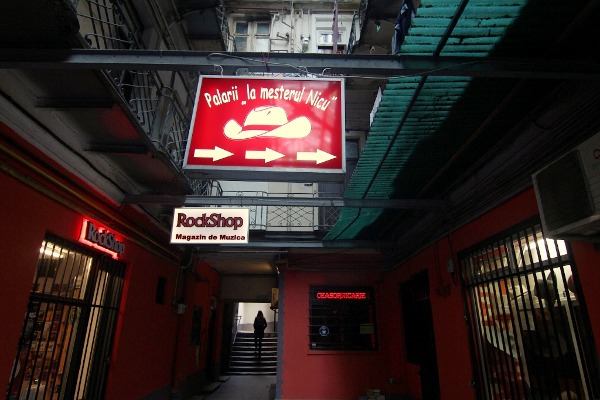
In line with the other stores there is a small pub, where we meet a local celebrity, probably the most famous person in the block: he is a painter, a legit one – later we saw some of his works on the walls of a restaurant in the next street. He had some beers already, which made him be in a good mood for talks and stories. Wile there, a huckster entered, he was selling socks. Our painter asked if they are “3/4” or just normal, the huckster sowed some, the painter bought a few. Later he looked more carefully at them “Those are not 3/4, I got shafted”.
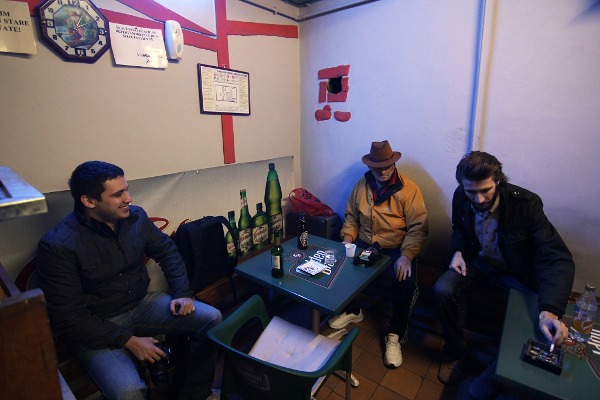
The passage is in fact an inner court, with apartments on all sides and 3 more levels above the ground. On the top is a roof made from colored glass, letting in an unusual light. The doors are a varied mix: some old, some new, some abandoned.

At the upper level some hooks were hanging from the roof, they were totally spooky and made us wonder about their purpose, imagining various scenarios. But they were simply for opening the windows on the roof.
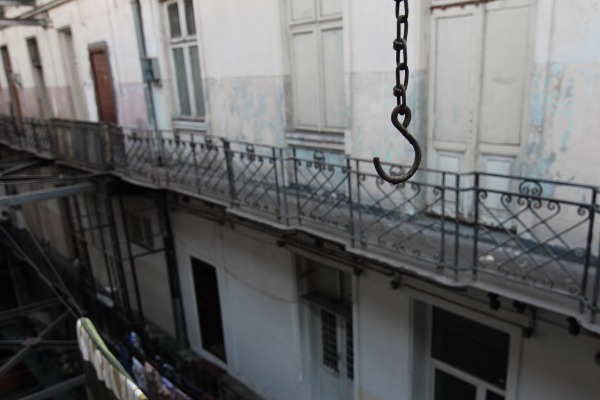
When wandering to the stairs, one of the characters we meet was crazy person-type woman (she looked pretty much like a homeless person, but she had a home there) who tried to scare us away, telling is forbidden to wander on the stairs. She went even to pretend calling the police, she went back to her door and talked loudly (so he can hear) like she would have talked with a policeman at the phone, complaining about strangers. Later we learned: the place was used in the past as a location for a few movies, so the woman just wanted some money to shut-up.
Another interesting person was an old lady, she lived in the building for over 50 years and is very sad for its’ current state, after the past glory: built by an anglophile, it was unique in the city, then a refuge for nobility in the early communist days, now is partly abandoned with some rooms abusively taken by gypsies/homeless people.
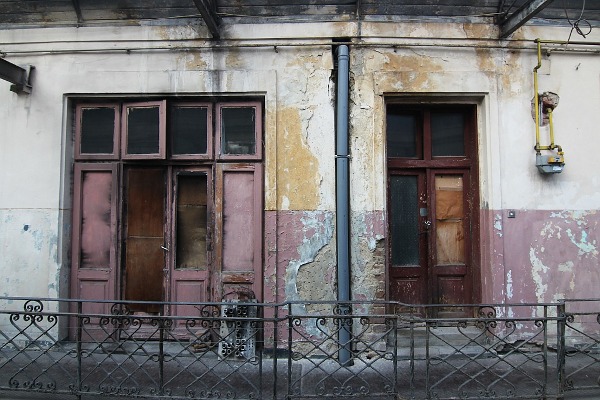
I don’t ever try to guess the origins of the lips signs I saw in various places of the stairs walls
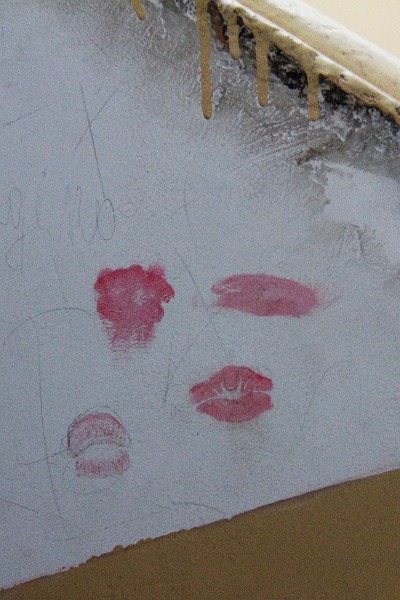
If the story needed a finale, when we left a luxury car was parked on Calea Victoriei, in front of the passage entrance and next to a pile of garbage. This is Bucharest, the next building is a fancy hotel, the other side of the street has sky scrappers.
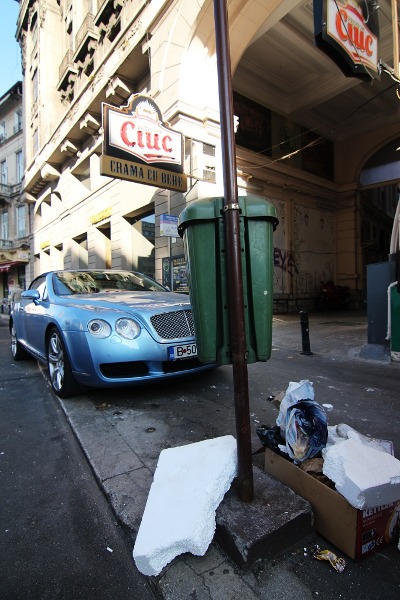
 This work is licensed under a Creative Commons Attribution-Share Alike 3.0 License.
This work is licensed under a Creative Commons Attribution-Share Alike 3.0 License.
Believe or not, as this historical monument plate says, it used to be a “Low Priced Dwellings Society”. I expect the name to pretty much be a publicity stunt, but that makes it no less funny.
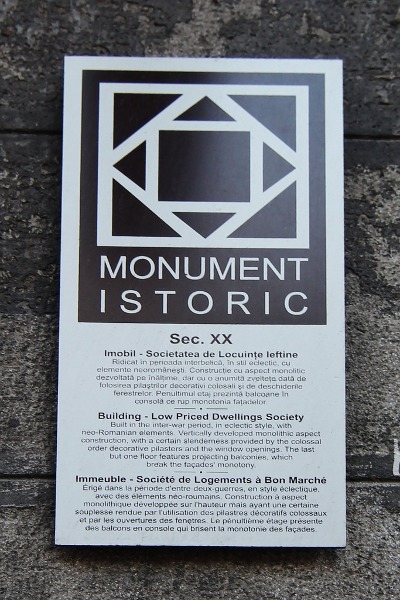
 This work is licensed under a Creative Commons Attribution-Share Alike 3.0 License.
This work is licensed under a Creative Commons Attribution-Share Alike 3.0 License.
| M | T | W | T | F | S | S |
|---|---|---|---|---|---|---|
| 1 | 2 | 3 | 4 | 5 | 6 | 7 |
| 8 | 9 | 10 | 11 | 12 | 13 | 14 |
| 15 | 16 | 17 | 18 | 19 | 20 | 21 |
| 22 | 23 | 24 | 25 | 26 | 27 | 28 |
| 29 | 30 | 31 | ||||
Copyright © 2025, nicu's photoblog. Proudly powered by WordPress. Blackoot design by Iceable Themes.